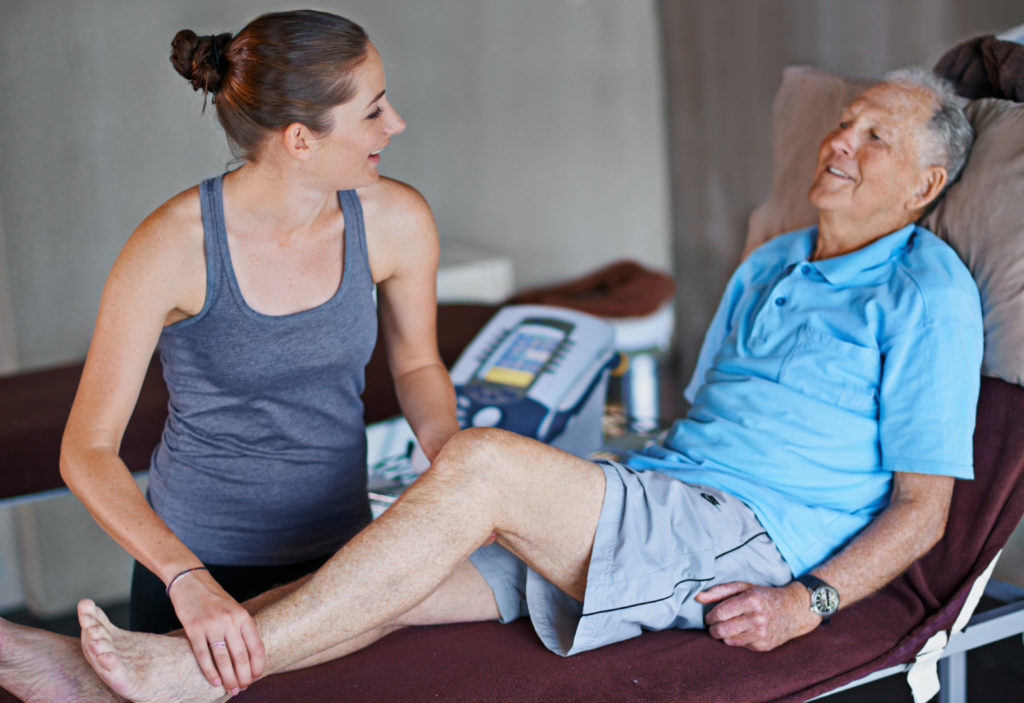Lymphedema Physical TherapyBaton Rouge, Denham Springs, Gonzales & Surrounding Cities
Lymphedema treatment at BRPT is designed to reduce pain, swelling, and other symptoms through a combination of special therapies and exercises.
These treatments are provided by a certified lymphedema therapist (CLT) in an outpatient setting. The earlier lymphedema is treated, the better the results.
What Is Lymphedema?
You may be wondering what it is and why physical therapy is a good treatment. Lymphedema is a condition where the lymph nodes, lymphatic ducts, and lymph fluid are not working correctly. Normally, lymph passes through lymphatic ducts and is filtered through lymph nodes as part of the immune system. Lymph goes from blood vessels to lymph vessels as well, and with lymphedema this process is disrupted. This leaves lymph fluid collecting within certain body parts, creating swelling, pain, and irritation. Physical therapy can help in many ways to treat this by moving the lymph fluid out of the collecting area.
What Causes Lymphedema?
Lymphedema is classified into two different types, primary and secondary, which represent the main causes of lymphedema.
With primary lymphedema, certain gene mutations actually damage the lymphatic system with no outside cause. This is compared to secondary lymphedema, which happens from some sort of injury, damage, or surgery. One of the most common causes of secondary lymphedema is cancer removal surgery, such as mastectomy. Other causes are infection and radiation. These interventions destroy the lymphatic vessels and lymph nodes, disrupting the flow of lymph through the area.
Signs and Symptoms Of Lymphedema
Lymphedema typically happens on one side of the body, over a past surgery and in an arm or leg. It is difficult to move the affected limb, and a person may experience skin tightness, heaviness, thick skin, scabbing, and peeling. The affected area will be swollen and sometimes red or warm. It is most common for these symptoms to happen slowly over time. You are more at risk after an infection, a recent surgery, or if you are obese.
It is important to be aware of the signs of lymphedema so that you may begin lymphedema treatment.
How A Physical Therapist Can Help With Lymphedema
Lymphedema physical therapists are trained with hundreds of hours of treatment techniques. Your treatment may include compression garments, massage, exercises, and elevation techniques to move the collected lymph out of the area. You will receive complete decongestive therapy if you have a severe case of lymphedema. This involves nearly constant compression garments to be changed throughout the day and repeating gentle exercises to move lymph. Your therapist will adjust your plan as you make progress and educate you throughout treatment so you can be confident that it is helping you deal with your limb discomfort.

